The Return of the Mosquitoes
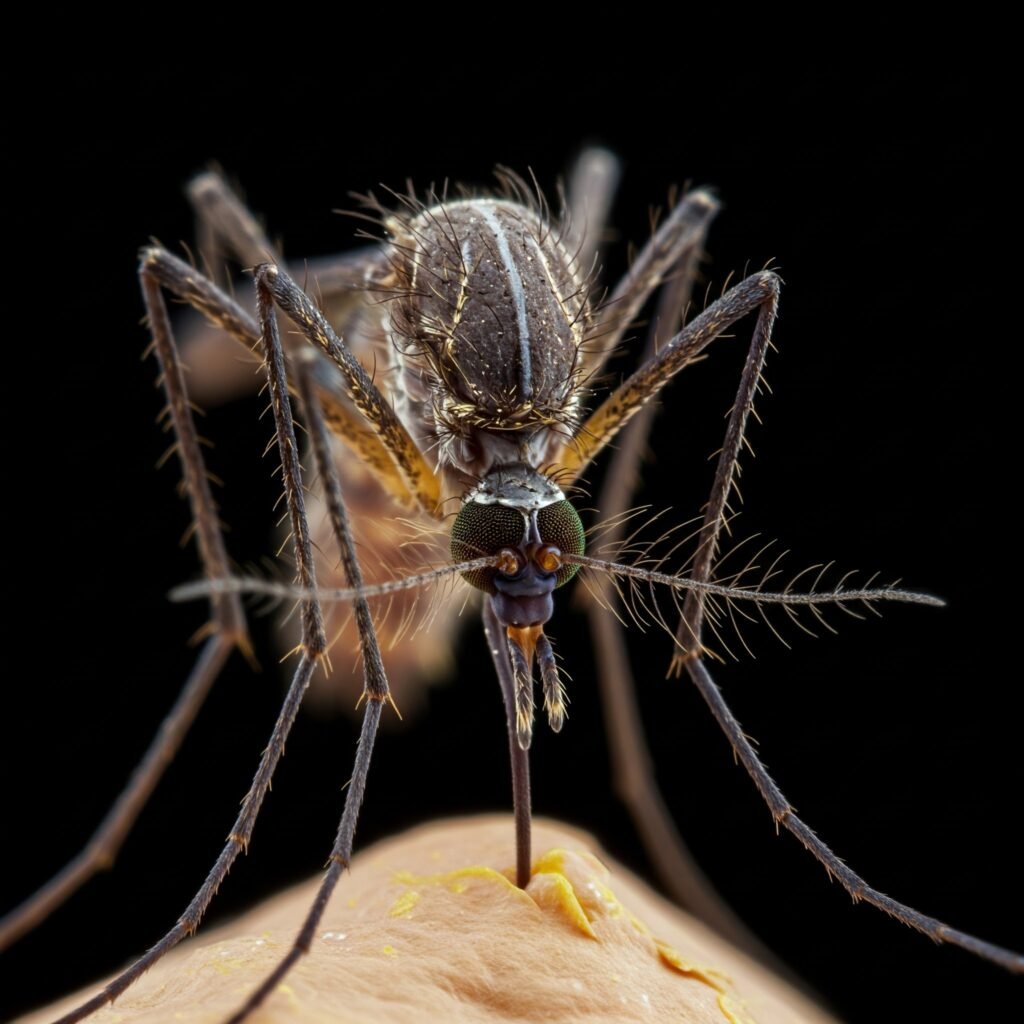
While we can all agree that mosquitoes are a nuisance, they can cause quite a few problems for both people and animals including the spread of diseases.
Beetle Blitz: Battling the Bugs
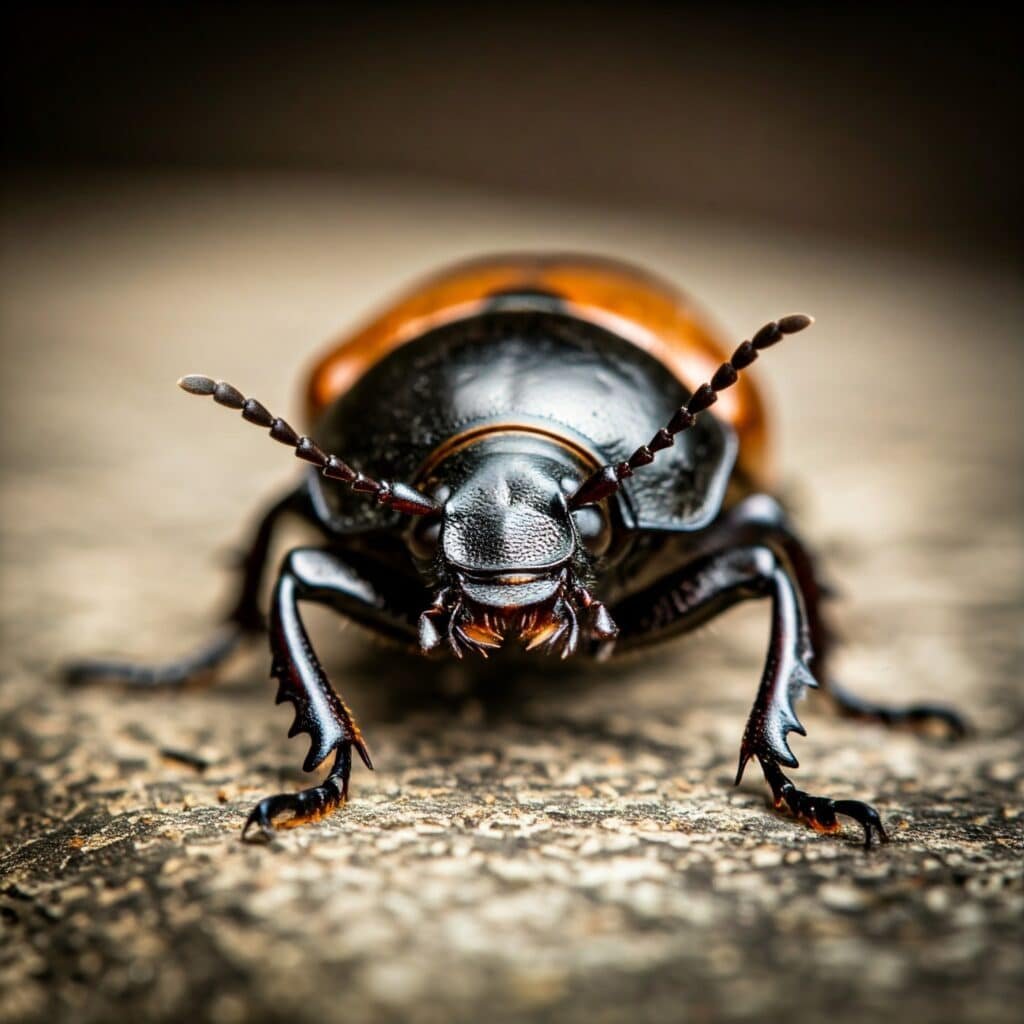
Beetles, with their hard exoskeletons and diverse appearances, are a fascinating group of insects. However, when they invade our homes, gardens, or crops, they can quickly become unwanted pests. From tiny carpet beetles to destructive Japanese beetles, these creatures can cause significant damage and even pose potential health risks. Beetle Basics Beetles come in countless […]
Zoonotic Diseases: Widlife Diseases that really Bite
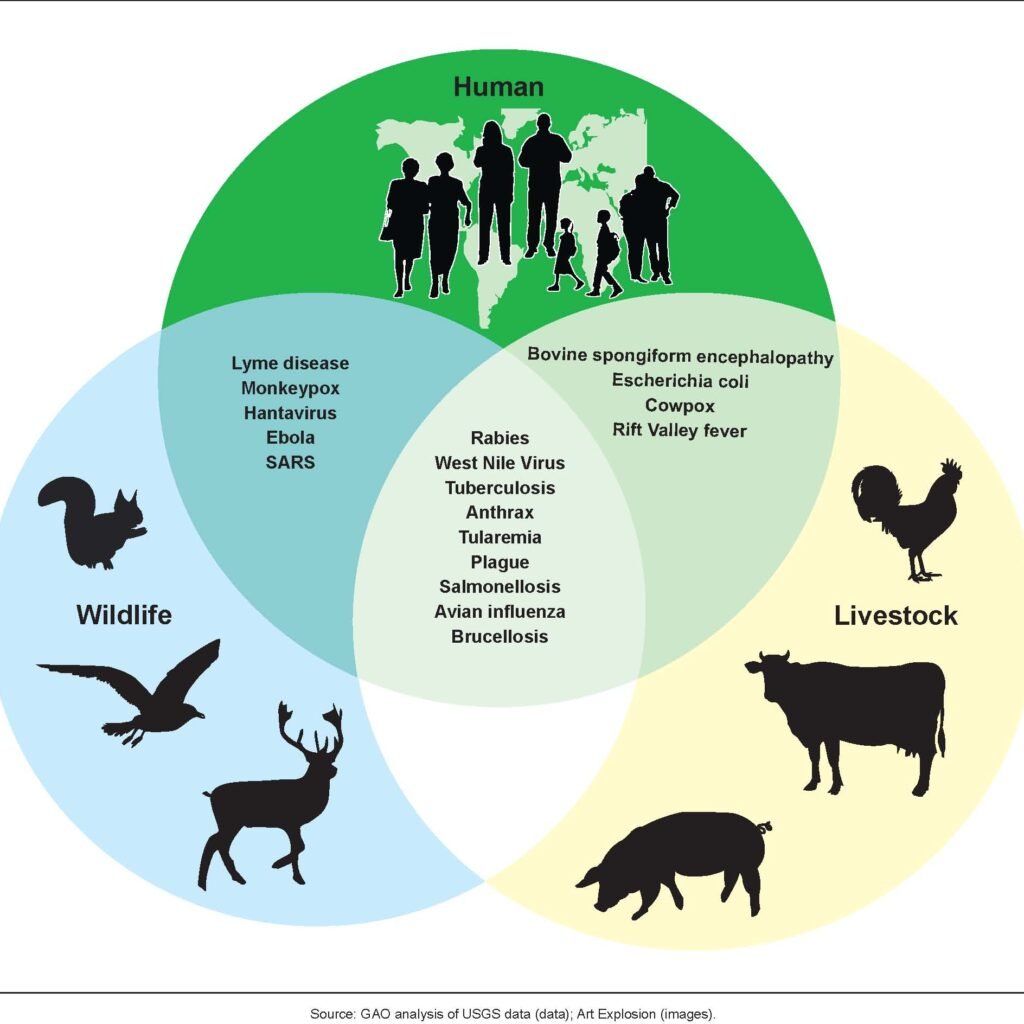
Wildlife, while often charming and fascinating, can pose significant health risks. Zoonotic diseases are illnesses transmitted between animals and humans and are a concerning reality when you come in contact with these animals, their den sites, or their feces as these diseases can be spread through various means, including bites, scratches, contact with bodily fluids, […]
Fly Away: Banishing Buzzing Pests
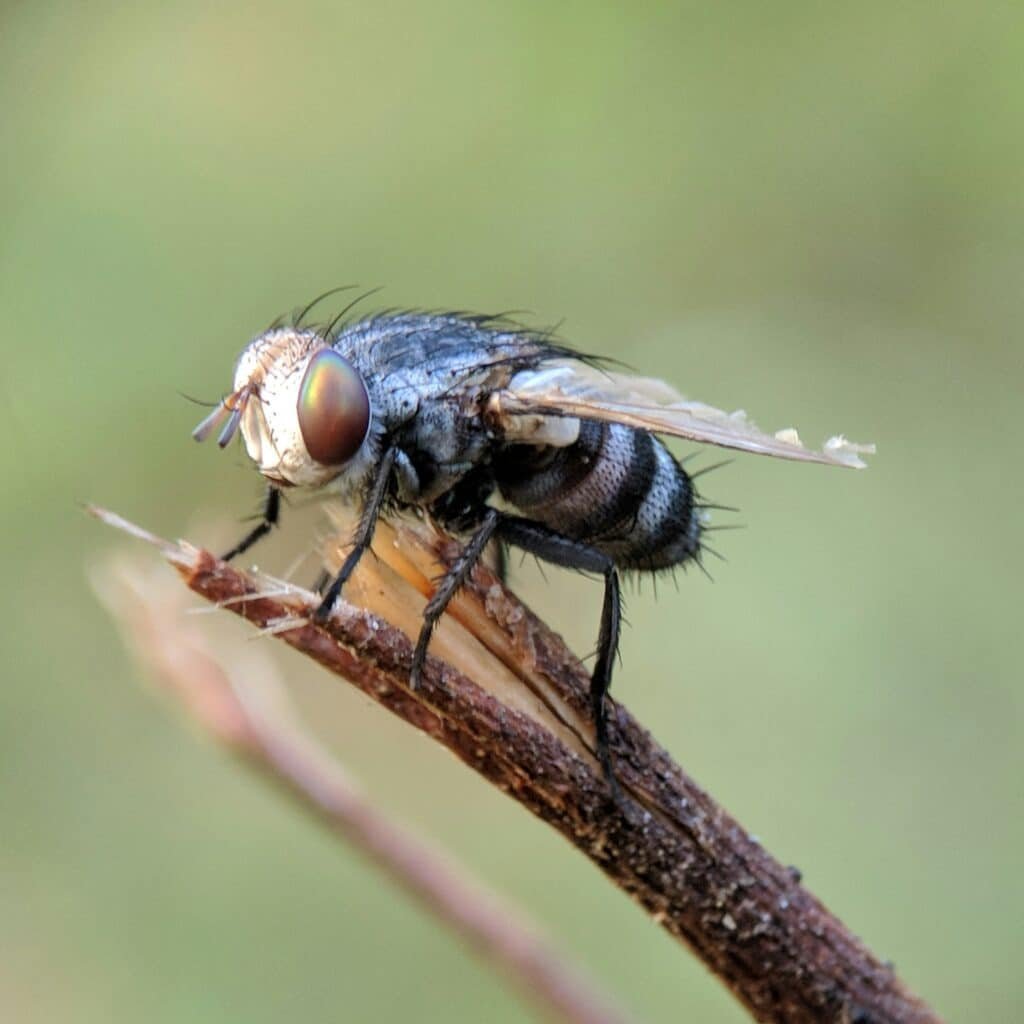
Flies, those pesky, buzzing insects, can quickly turn a pleasant day into a frustrating ordeal. From the annoying housefly to the disease-carrying fruit fly, these pests can invade your home or business, causing discomfort and potentially spreading germs. Understanding the Fly Problem There are countless species of flies, each with its own unique habits and […]
Fleas Are a Real Itch
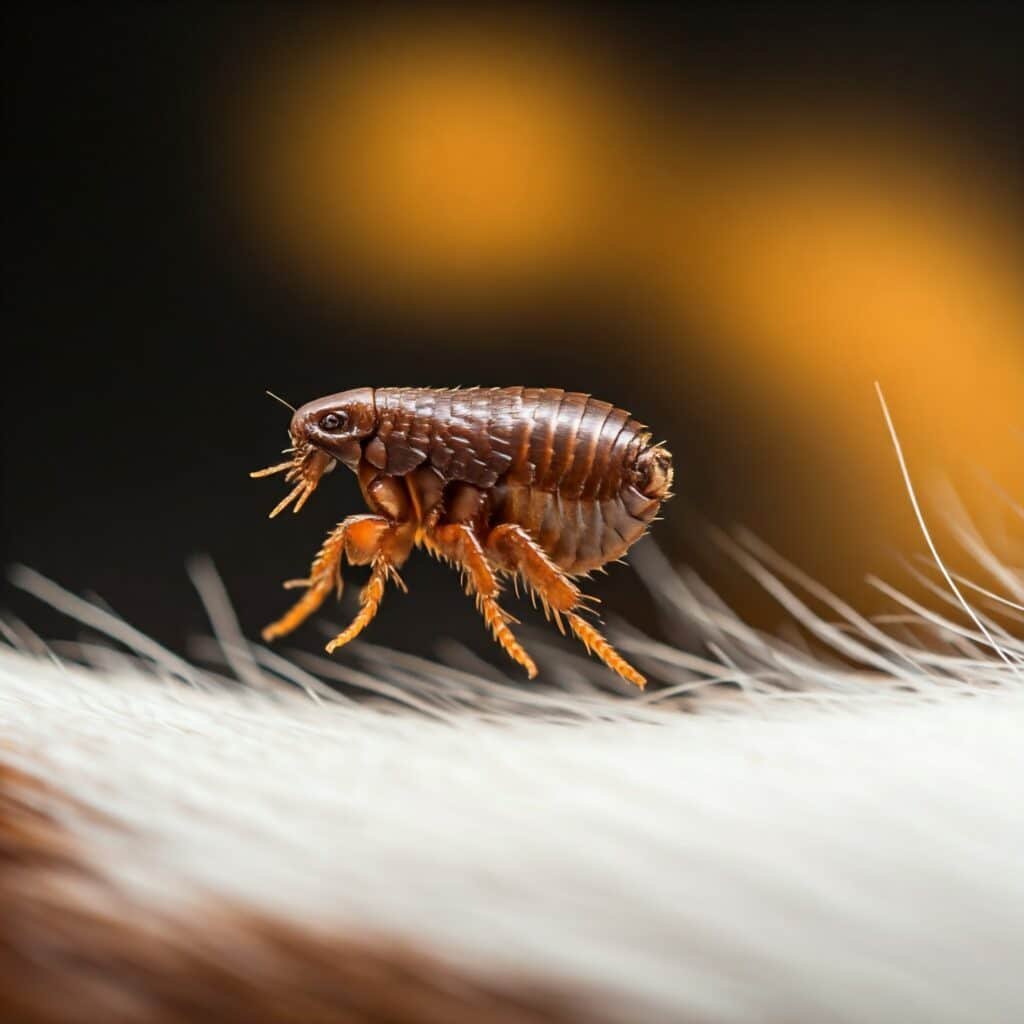
Fleas are tiny, parasitic insects that can make your home an itchy nightmare. These blood-sucking pests can quickly infest your pets, your home, and even your yard. While they might seem like a minor annoyance, fleas can cause significant discomfort and even transmit diseases. To effectively combat a flea infestation, it’s essential to understand the […]
The Not So Cuddly Cockroach
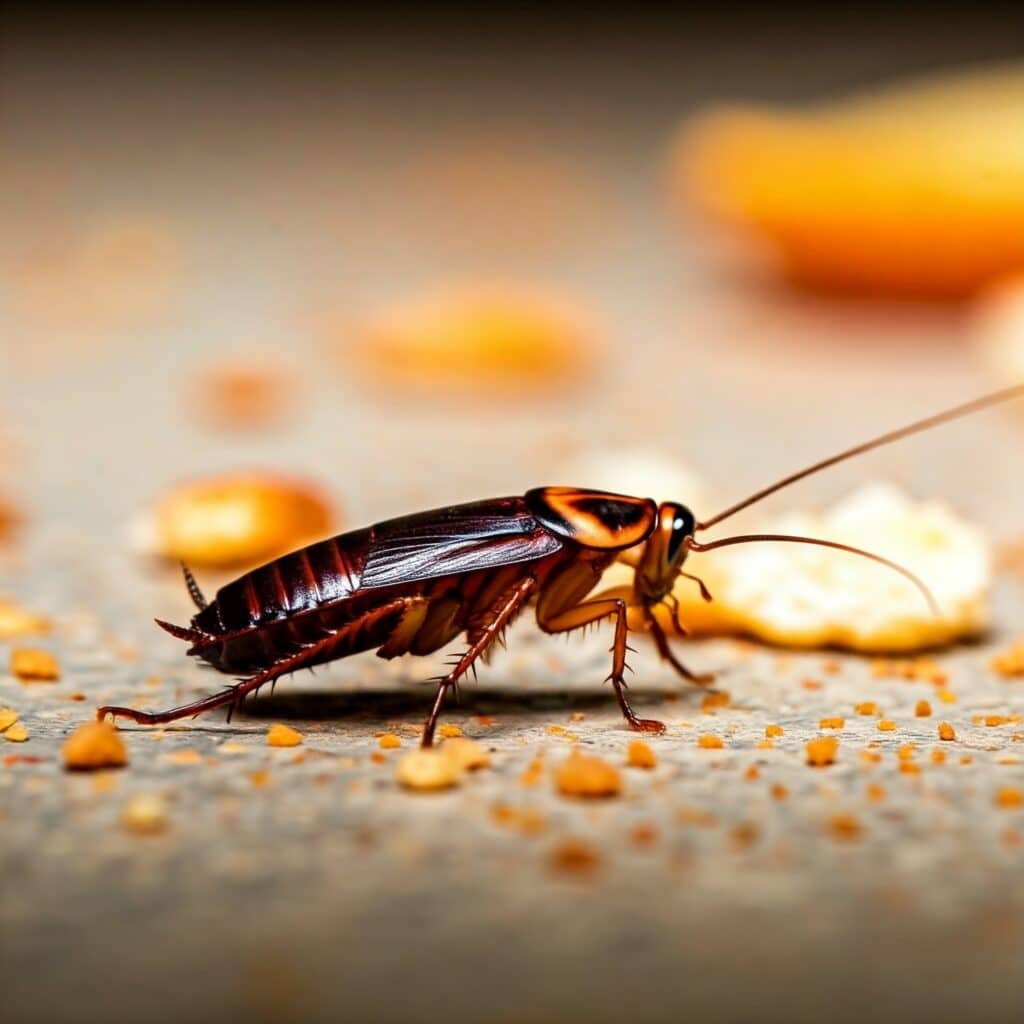
Cockroaches, those resilient and often reviled pests, have been sharing our living spaces for millennia. These nocturnal creatures are remarkably adaptable, thriving in a variety of environments. Unfortunately, their presence can lead to a host of problems, from property damage to serious health risks. Not to mention they’re just kinda icky…. Fun Fact: Cockroaches can […]
Hornets Havoc: What’s All The Buzz About?
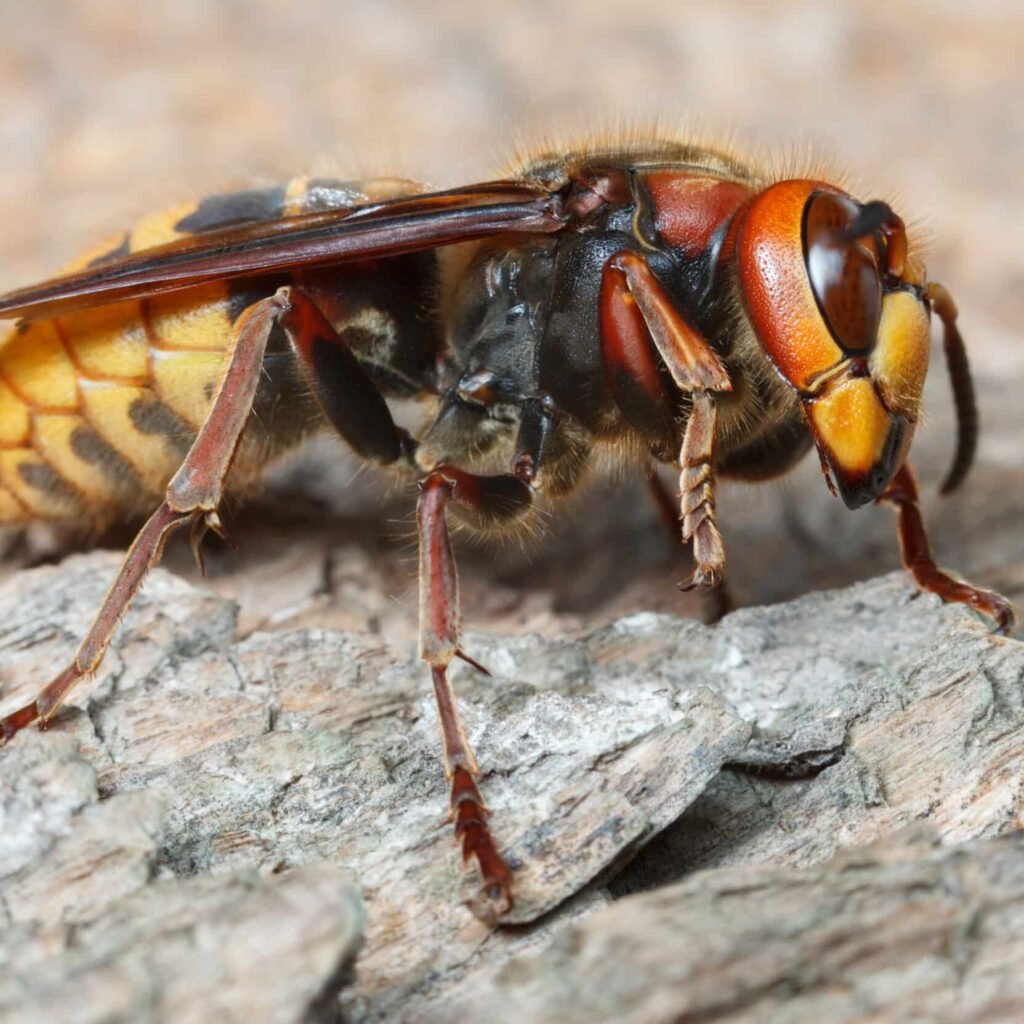
These bold, black and yellow insects strike fear in people all across the US. But before you grab the nearest fly swatter, let’s talk about the role that hornets play in our world. Personally, I have dealt with bald faced hornets when I worked trimming Christmas trees one summer. These hornets were both fasinating and […]
Antics of Ants
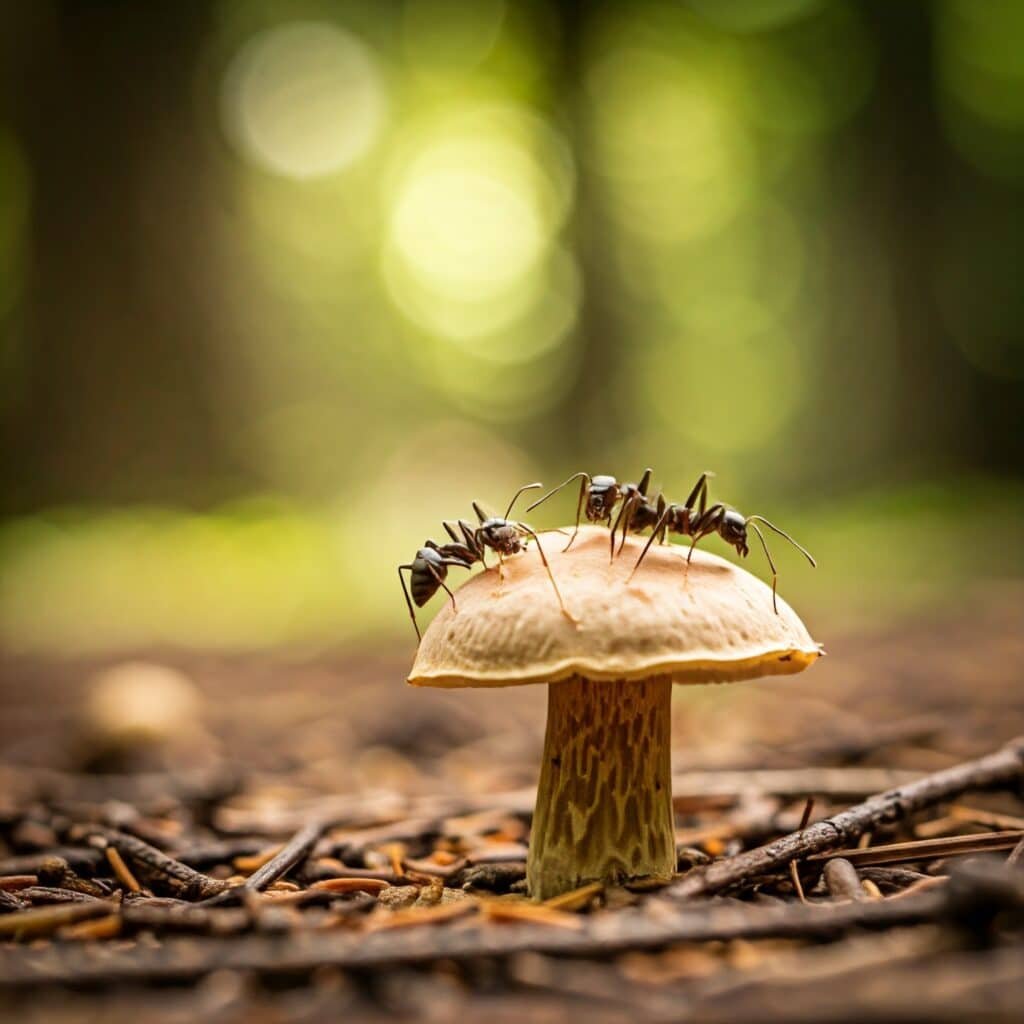
Ants, those tiny, industrious insects, can quickly become unwanted houseguests. With their ability to form large colonies and their persistent foraging behavior, these pests can be a real challenge to control. Each ant species acts differently and a method that works for one may not work for another. Oftentimes, homeowners face challenges with getting these […]
Buzz Off! A Guide to Wasp Control
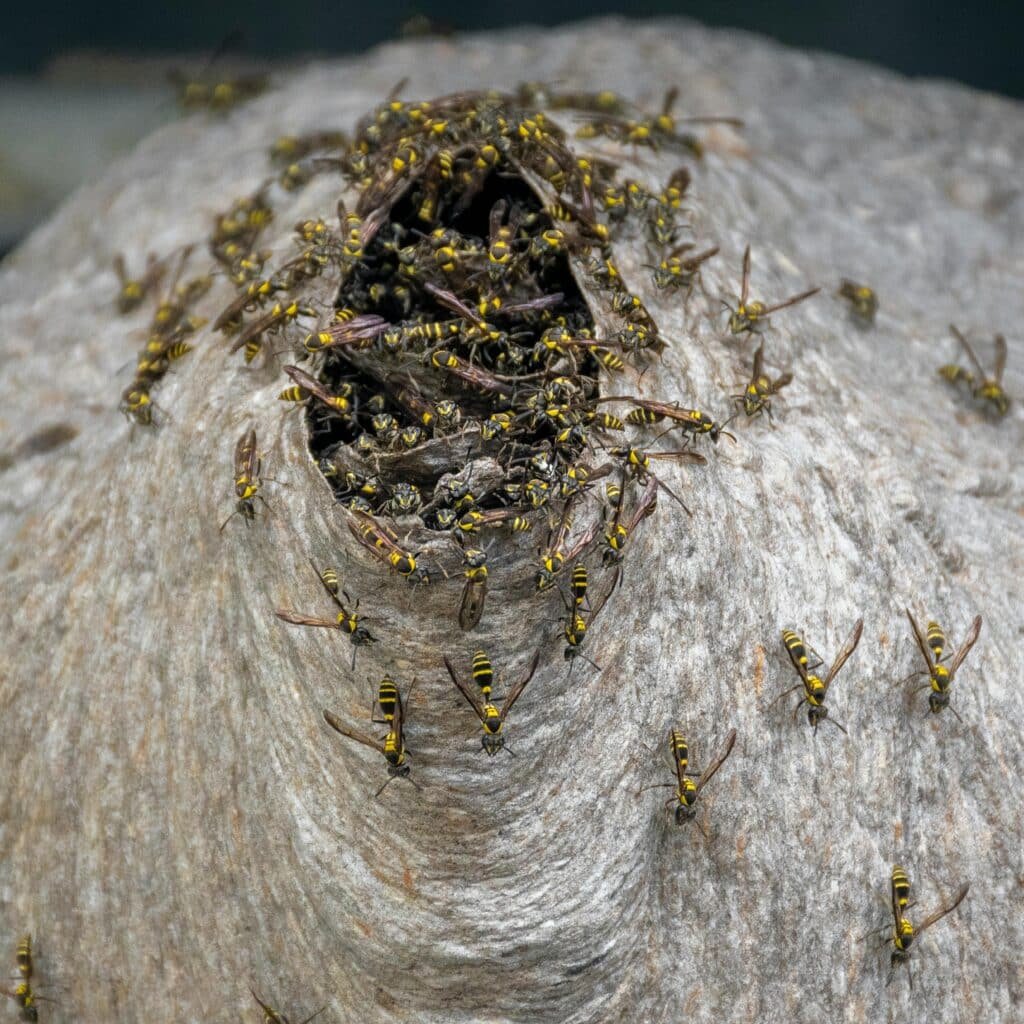
They’re often mistaken for their bee cousins, and their reputation precedes them – wasps. These striped stingers can send shivers down even the bravest spines. But beneath their fearsome exterior lies a world of fascinating behavior, ecological importance, and even a surprising lack of interest in your picnic lunch (well, most of the time). So, […]
Busy as a Bee: The Buzz about Bees
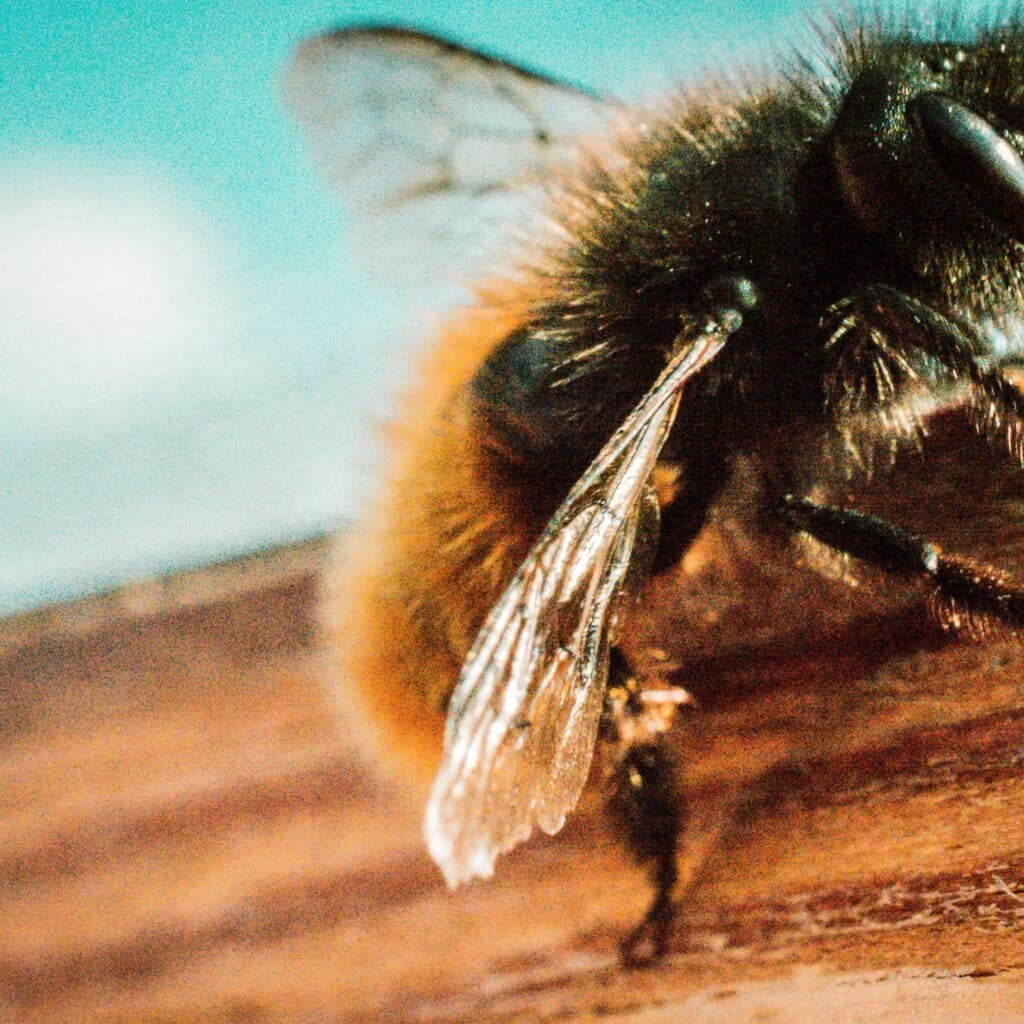
They’re the original architects of agriculture, the champions of pollination, and the undisputed masters of honey production. Yes, we’re talking about bees, those remarkable insects that have captivated and fascinated humans for centuries. Bees live in a world of complex social structures while playing a vital ecological role. Let’s grab our metaphorical beekeeper suit and […]
